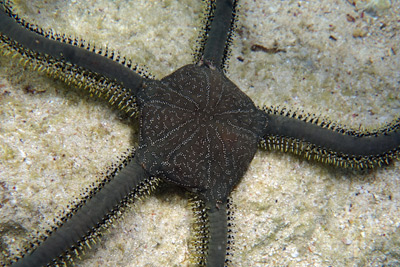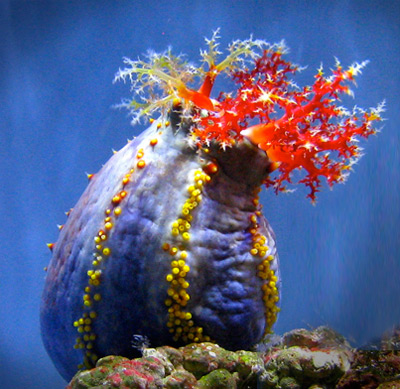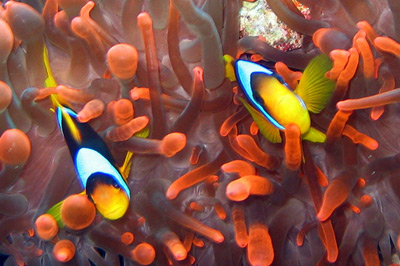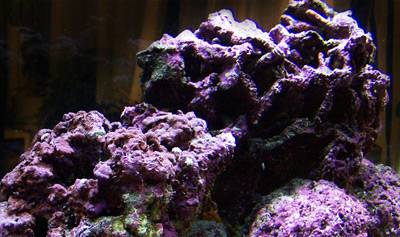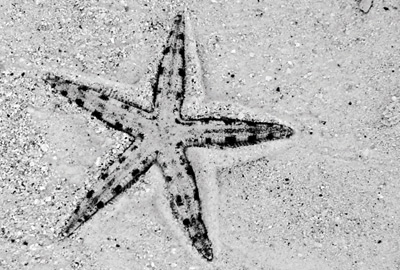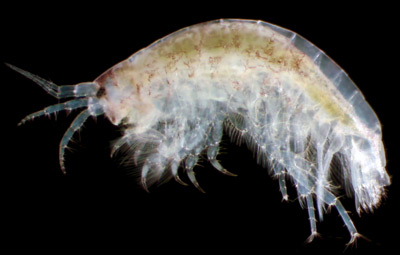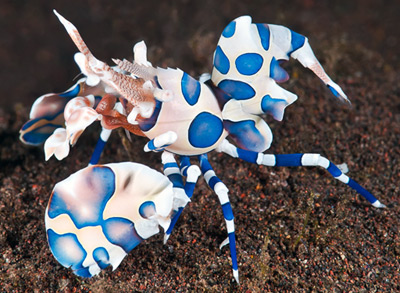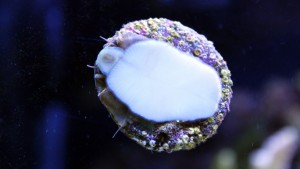“Voracious predator” is not a term one commonly associates with brittle stars—that is, of course, unless the brittle star in question happens to be Ophiarachna incrassata, or the green brittle star (aka “the green death”). This bold species has a…
Other Inverts
Sea Apples: Hazardous Holothurians Best Left to Advanced Hobbyists
In several posts here at Saltwater Smarts, I’ve mentioned that certain marine organisms routinely offered in the aquarium trade should come with a warning label—especially for novice hobbyists. In these cases, I’m usually referring to animals that are really gorgeous…
3 Good Reasons to Quarantine Live Rock
Here at Saltwater Smarts, we emphasize again and again the importance of quarantining all marine livestock before introducing it to an established aquarium. But what about those pieces of live rock that we occasionally add to our established systems to…
Live Rock Hitchhikers: Tunicates (Sea Squirts)
Among the more fascinating creatures that commonly make their way into marine aquariums as stowaways on good-quality live rock are tunicates, or sea squirts. In terms of visual interest, these animals can be quite dazzling, with some exhibiting spectacular coloration…
Don’t Get Burned by Flame Scallops!
Mention beautiful bivalves for the marine aquarium, and the various tridacnid clams (the so-called giant clams) will probably come to mind. Likely, the flame scallops of the genus Ctenoides will too. However, while the tridacnids have a fairly decent survival…
Sand-sifting Starfish: A Job (too) Well Done!
If you’ve ever shopped for a marine aquarium cleanup crew, you’ve probably noticed that these packages often include so-called sand-sifting starfish—rather bland-colored, burrowing stars of the genus Astropecten that can reach about a foot in diameter. As their common name…
Harmless or Helpful Live Rock Hitchhikers: “Pods”
Regular Saltwater Smarts readers often see references to them in Paul B’s posts. They arrive in our aquaria unbidden aboard chunks of live rock, in live sand, or on coral specimens attached to rocks. At a glance, they look like…
Harlequin Shrimps: Seeing Stars (On the Menu)
Somewhat comical and cartoonish in both name and appearance, harlequin shrimps (Hymenocera picta) are not invertebrates to be purchased on a whim. Keeping these critters, as I’ll soon explain, demands an investment of cash and effort that not every marine…
5 Ways Hobbyists Misuse Grazing Marine Snails
Of all the fascinating invertebrates available to marine aquarists, grazing snails are perhaps the most misused. Too often we treat them like expendable little lawnmowers, plopping them in our tanks with the express purpose of preventing or eradicating algae and…


